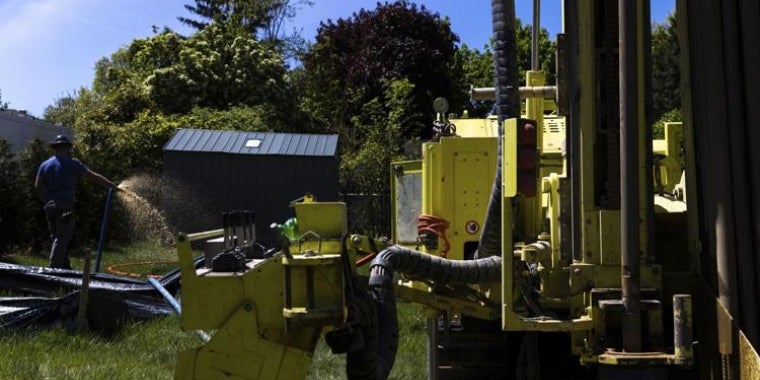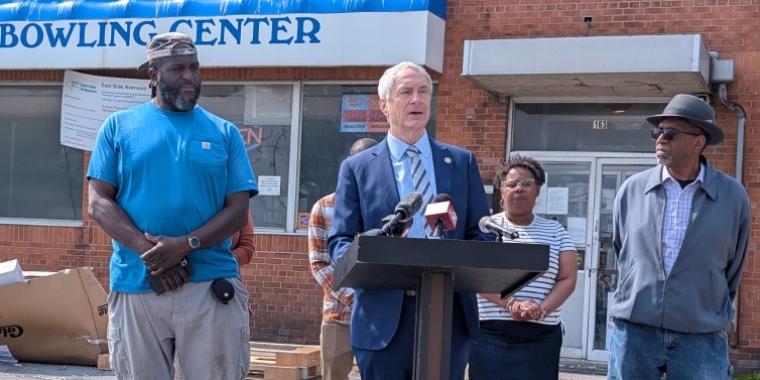
Another Voice: SUNY can lead the way in decarbonization efforts (The Buffalo News)

In New York, we think of the SUNY system as a leader not only in education, but in many other areas as well – innovation, job creation economic development. There is one emerging area where SUNY still has enormous untapped leadership potential – renewable energy.
As the operator of over 40% of state-owned buildings, SUNY is uniquely positioned to help New York meet our ambitious climate goals. We can tap into this potential with a $90 million investment in this year’s state budget to allow SUNY to take on a major decarbonization plan based on geothermal heating systems at the University at Buffalo and SUNY Purchase. This plan would not only advance New York’s climate goals, but also create clean energy construction jobs and build New York’s skilled workforce.
Geothermal systems have been utilized at SUNY buildings across the state for decades. What has been lacking until now are thermal energy network projects that tie together multiple buildings. These networks use water pipes to transfer heat in and out of buildings, allowing them to recycle excess heat from one building to be used in another. The result is a reduced reliance on the electrical grid, and a system that is more cost-efficient and eco-friendlier than traditional heating and cooling systems.
Multi-building campuses are prime candidates for the transition to thermal energy networks. The University at Buffalo is planning to utilize one to decarbonize its South Campus. The zero-emissions system would eliminate the campus’ largest source of emissions, reducing its energy usage by 30%, and provide the university with long-term cost savings. SUNY Purchase would see a massive reduction in carbon emissions as well. The college would eliminate more than 65% of its greenhouse gas emissions from the more than 45 buildings on its campus. UB is also hopeful their work can be expanded to bring efficient, emissions-free heating and cooling to the surrounding community. These neighborhoods would benefit from cleaner air, lower energy bills, and new construction jobs.
While this budget appropriation would benefit these two institutions, it would have greater effects. Supporting these transformative projects would signal that the workforce at New York’s utilities will play a key role in implementing the state’s climate agenda. It would also make SUNY a model for other institutions and communities looking for cost-effective ways to reduce their carbon footprint. Crucially, SUNY’s role as the country’s largest integrated system of public higher education also means that this $90 million investment could be leveraged to support clean energy workforce training, career development, and research to help spur a broader national transition to geothermal networks.
The state budget is often referred to as a declaration of our priorities for the coming year. For a fraction of the money that will be spent in this year’s budget, we can show the country that New York is serious about being a national leader in the transition to clean energy.
Sean Ryan represents New York’s 61st State Senate District. Valerie Juang is a co-founder and co-organizer of the WNY Youth Climate Council and a student at the University of Buffalo.
